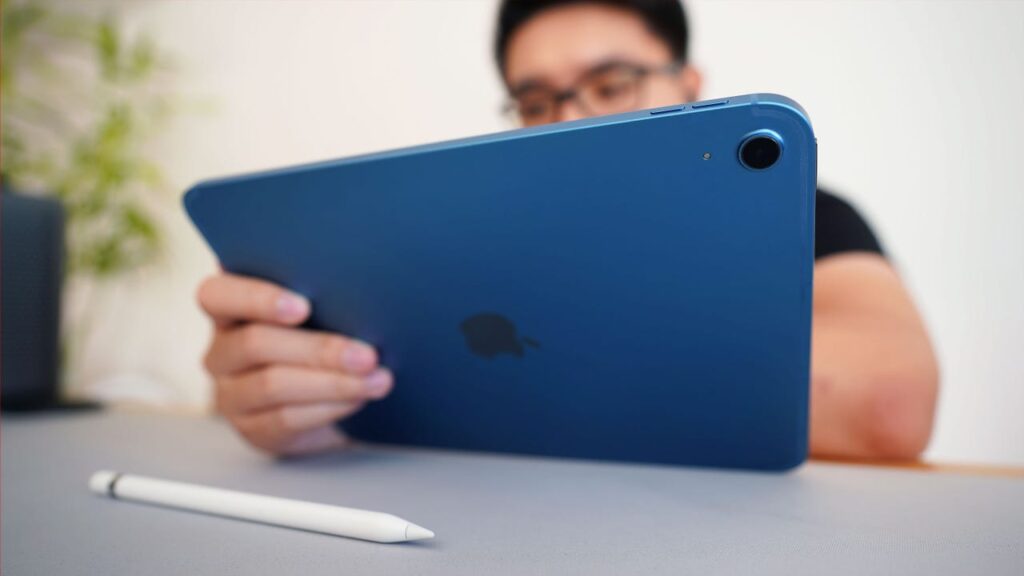
Tablet users often seek ways to enhance battery longevity, yet many may unknowingly engage in habits that harm their devices. Experts emphasize that simple adjustments in charging practices can significantly extend the lifespan of a tablet’s battery. Understanding the implications of certain charging behaviors is essential for maintaining optimal performance.
Common Charging Mistakes to Avoid
Most tablets offer between six to eight hours of use on a single charge, but as they age, battery life can decline. Here are three critical mistakes that users should avoid:
1. Leaving Your Tablet Plugged In Overnight
While modern tablets are designed to stop charging once they reach 100%, leaving them plugged in can result in trickle charging. This process keeps the battery full by using small amounts of electricity, which can stress the battery over time. Experts recommend unplugging your tablet as soon as it reaches a full charge. Ideally, users should aim to keep the battery level between 20% and 80% to promote longevity.
Occasionally charging overnight may not cause immediate harm, but making it a regular practice can lead to long-term battery damage.
2. Allowing the Battery to Drain Completely
Many users have experienced the inconvenience of letting their tablet’s battery drop to 0%, only to forget about it. Lithium-ion batteries are not designed to remain empty for extended periods. When a device shuts down, it retains a small charge to protect the battery, but if left unattended, it can continue to deplete, risking irreversible damage.
Repeatedly allowing batteries to drain to 0% can result in a battery that fails to hold a charge. To prevent this, users should avoid letting the battery drop below 20%. If not using the tablet for an extended time, charging it to 50% before storage is advisable.
3. Using Non-Certified Chargers
The temptation to purchase inexpensive chargers from discount stores can lead to damaging consequences. Non-certified chargers can provide inconsistent power, potentially overcharging the device or failing to charge efficiently. This inconsistency can strain the battery and reduce its lifespan.
Certified chargers, such as those from Apple or USB-PD, feature built-in safety mechanisms that help prevent surges and overheating. It is crucial for users to invest in quality chargers that are compatible with their devices, ensuring safe and efficient charging.
Understanding Battery Health
Charging practices can significantly impact the chemical aging of lithium-ion batteries. This term refers to the natural degradation that occurs as batteries undergo repeated charging and discharging cycles. The chemical reactions inside the battery become less efficient over time, leading to reduced capacity and performance.
While chemical aging is unavoidable, users can slow the process by avoiding harmful charging habits. Keeping devices at optimal charge levels, using appropriate chargers, and minimizing exposure to heat are effective strategies for maintaining battery health.
By adopting these practices, tablet users can ensure their devices remain functional and efficient for years to come. Staying informed about battery care is a vital part of modern technology use, enabling users to maximize their investments in electronic devices. For more insights on technology and battery management, subscribe to Tech Today for daily tips and updates.







